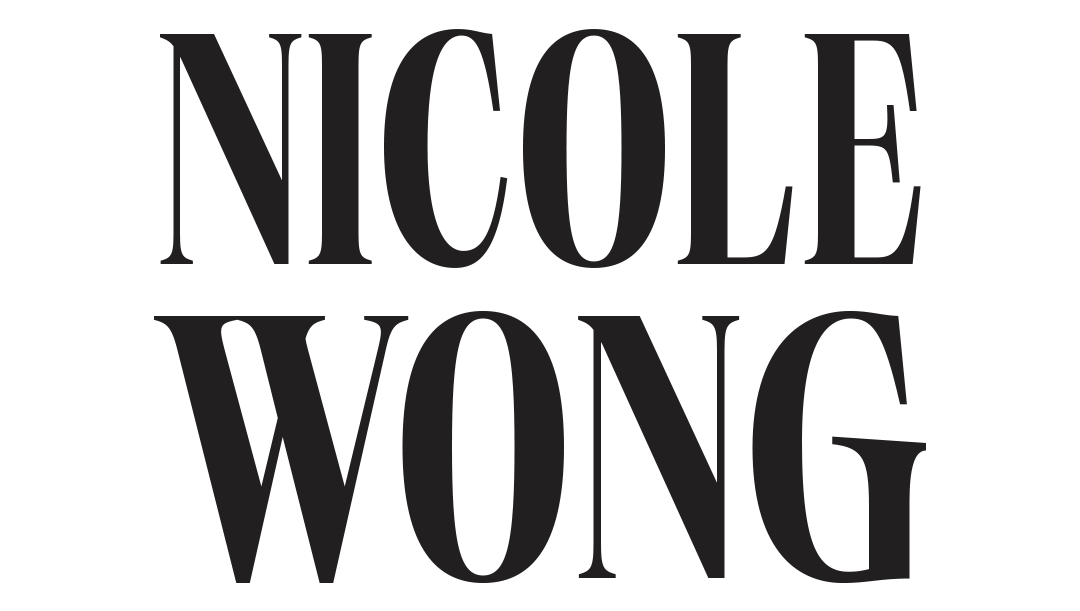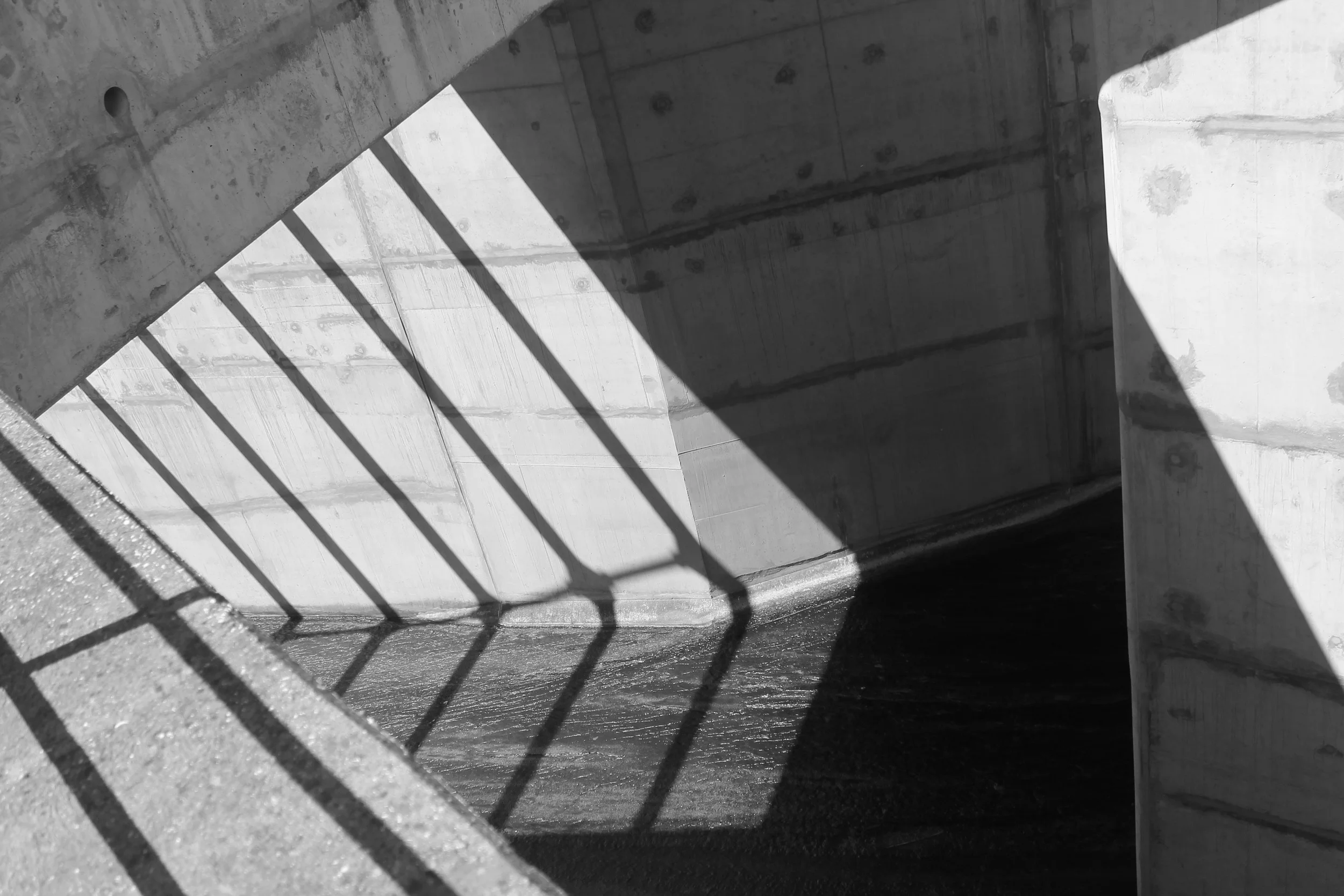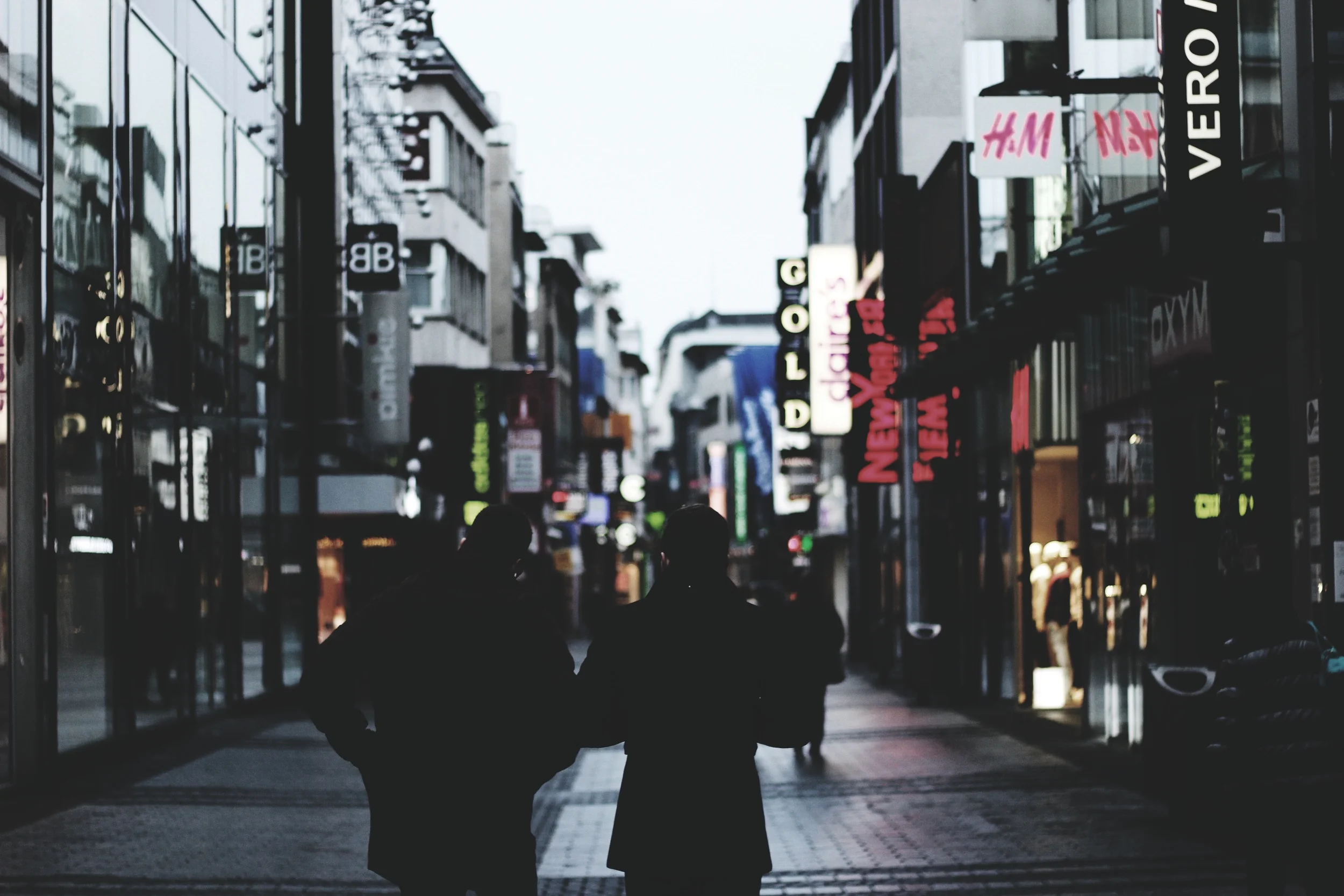If one were to describe Rem Koolhaas’ architectural aesthetic in a few words, “disruptive,” “angular” and “asymmetrical” might come to mind. Jagged and avant-garde, his buildings stand out from amongst the symmetrical buildings that are common to any metropolitan skyline. For his habits of turning a blind eye to established conventions, Koolhaas is one of the most highly-regarded, provocative and influential architects of the 21st century.
Born in 1944 in Rotterdam, Netherlands, Koolhaas was a journalist at the Haagse Post prior to beginning his studies at the Architectural Association School of Architecture in London in 1968. He continued his studies at Cornell University and the Institute for Architecture and Urban Studies, training under notable architects such as Peter Eisenman and O.M. Ungers. In 1975, Koolhaas founded the Office for Metropolitan Architecture (OMA) with Elia and Zoe Zenghelis, and his wife, Madelon Vriesendorp. After a decade or so of theoretical designs, OMA was hired to design and build the Netherlands Dance Theatre in the Hague, which was completed in 1987 and garnered international acclaim.
Koolhaas and OMA saw much success in the 1990s, taking on a number of projects including the Nexus World housing project in Fukuoka, Japan, and the Kunsthal in Rotterdam. As the years went on, the OMA began taking on larger projects — of which the most noteworthy were the 11-storey Seattle Central Library in the United States and the CCTV headquarters in Beijing, China.
Koolhaas is not one to shy away from challenges; instead, he embraces them: "Change tends to fill people with this incredible fear," Koolhaas told the Smithsonian. "We are surrounded by crisismongers who see the city in terms of decline. I kind of automatically embrace the change. Then I try to find ways in which change can be mobilized to strengthen the original identity. It's a weird combination of having faith and having no faith."
Given his ardent work ethic combined with an innate ability to see the potential of design, it’s no wonder that Koolhaas won the prestigious Pritzker Architecture Prize in 2000.
Koolhaas sees what no other architect sees, choosing to continuously think about what architecture could be and its potential. As Frank Gehry once said of Koolhaas: “He’s capable of challenging everything. He’s one of the great thinkers of our time.”
Originally published on September 21, 2015 on Herschel Supply Co.'s blog.









